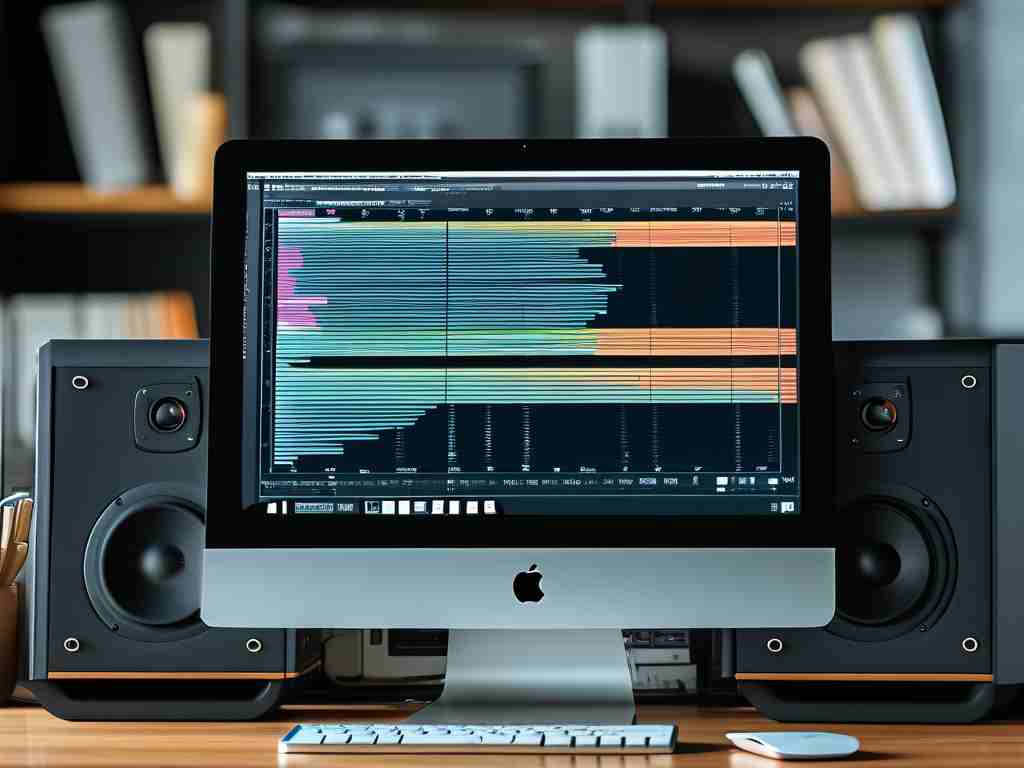In the realm of digital audio recording, understanding how to calculate storage requirements is essential for optimizing device performance and managing resources efficiently. Whether you’re working with voice memos, podcasts, or professional audio production, the ability to estimate memory usage ensures you avoid unexpected storage shortages. This article breaks down the key factors and formulas involved in determining recording storage needs.

Core Factors Influencing Storage Consumption
Three primary variables determine the storage space required for audio recordings: bit depth, sample rate, and duration. Bit depth refers to the number of bits used to represent each audio sample, typically ranging from 16-bit (standard) to 24-bit (high-resolution). Sample rate, measured in kilohertz (kHz), defines how many audio samples are captured per second—common values include 44.1 kHz (CD quality) or 48 kHz (professional audio). Duration is simply the length of the recording in minutes or hours.
The Fundamental Calculation Formula
The formula to estimate storage consumption is:
Storage (in MB) = (Bit Depth × Sample Rate × Duration × Channels) / (8 × 1024 × 1024) Here, "Channels" represents mono (1 channel) or stereo (2 channels). For example, a 10-minute stereo recording at 24-bit/48 kHz would require:
(24 × 48000 × 600 seconds × 2) / (8 × 1024²) ≈ 164.8 MB This calculation highlights how higher bit depths and sample rates exponentially increase storage demands.
Compression and File Formats
Uncompressed formats like WAV or AIFF retain full audio fidelity but consume significant space. Compressed formats such as MP3 or AAC reduce file sizes by eliminating inaudible data. For instance, a 10-minute MP3 file at 128 kbps occupies roughly 9 MB—a fraction of its uncompressed counterpart. However, compression introduces trade-offs in audio quality, making format selection critical based on use cases.
Real-World Applications
- Podcast Production: A 60-minute podcast recorded in 16-bit/44.1 kHz mono requires approximately 50 MB in WAV format. Converting it to MP3 at 96 kbps shrinks the file to 7 MB, ideal for streaming.
- Field Recording: Wildlife researchers capturing 8 hours of ambient sound in 24-bit/96 kHz stereo would need nearly 15 GB of storage, emphasizing the need for high-capacity memory cards.
Optimization Strategies
- Adjust Bit Depth and Sample Rate: Lower settings for non-critical recordings (e.g., voice memos at 16-bit/32 kHz).
- Use Variable Bit Rate (VBR): Balances file size and quality dynamically.
- Cloud Backup: Offload older recordings to free up local storage.
Tools for Automated Calculations
Developers often integrate storage calculators into recording apps. A Python snippet for basic estimation might include:
def calculate_storage(bit_depth, sample_rate, duration_min, channels):
duration_sec = duration_min * 60
storage_bytes = (bit_depth * sample_rate * duration_sec * channels) / 8
return round(storage_bytes / (1024 ** 2), 2)Accurately calculating recording storage requirements hinges on balancing technical parameters with practical needs. By mastering these calculations, users can optimize device storage, maintain audio quality, and streamline workflows across personal and professional projects.








